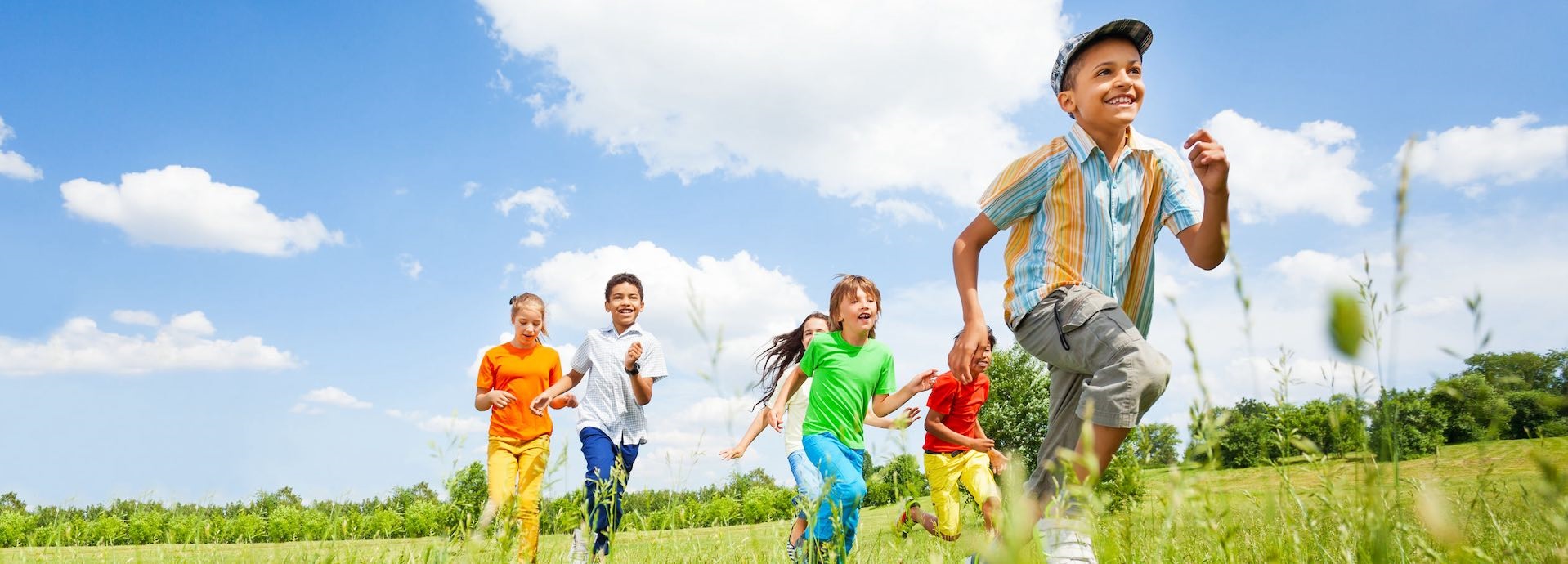

Why live sustainably? Be it protecting the planet’s biodiversity or improving global living conditions, sustainability helps preserve the Earth for future generations. Yet, the next generation is rarely consulted on decisions that will affect their lives more than most. According to a recent Bath University study, 75% of 16-25-year-olds think the ‘future is frightening’ with many feeling ignored, abandoned and even betrayed by the current decision-making class on climate change. Engaging, educating, and empowering the younger generation is, therefore, key to creating meaningful change.
The importance of sustainability education
Understanding a problem is the first step to finding a solution. At the 2015 Paris Climate Conference (COP 21), the UN developed 17 Sustainable Development Goals (SDGs) as a roadmap toward a better future. But how can we achieve them if most people don’t know what they are?
“We have a responsibility as adults to help children make sense of the world they are living in and will be living in,” says Anya Kamenetz, author, and education correspondent at NPR, an independent, non-profit media organisation. “An increasing number of children are affected directly by extreme weather and other disruptions, so they need to understand what is happening and why.”
An increasing number of children are affected directly by extreme weather and other disruptions, so they need to understand what is happening and why.
Educating young people about sustainability can also yield a long-term positive impact. That’s because learning instils passion and drives action. Educating kids about plastic production could raise a generation of eco-conscious consumers. Teaching the effects of fossil fuel use could convince future households to exclusively use renewable energy. Highlighting humanity’s influence on the natural world could inspire an age of environmental advocacy.
In behavioural science, the intention-action gap hinders sustainability efforts among adults who have learned bad habits and find it hard to adapt to healthier choices. Educating children not only addresses sustainability before bad habits are formed but can also have a knock-on effect on adults in their lives. “There is research to show that children's innate moral clarity,
Climate education – The when, how, and what?
According to the UN Deputy Secretary-General, Amina Mohammed, education is “the golden thread that runs through all 17 SDGs”, but this education involves a variety of topics, methods, and age groups. For example, primary education is key to a child’s development, embedding deep-rooted knowledge, values and social skills that will drive their future beliefs and actions. However, teaching children about sustainability at this age can be challenging. “Teachers and parents often don't touch these conversations because they are daunting and scary and they need evidence-based approaches for breaking the silence,” says Kamenetz.
There’s a huge nervousness with teachers not fully understanding climate education and not feeling confident teaching it.
“There’s a huge nervousness with teachers not fully understanding climate education and not feeling confident teaching it,” agrees Sara Wilcock, Co-Founder of the Sustainability Academy, which offers an SDG Diploma that upskills teachers. In September 2021, the Sustainability Academy went one step further, launching the Kids SDGs programme that focuses on the 11-16 age group and provides teachers with resources, work schemes, links to information and lesson plans to make the subject as engaging as possible. “We don’t want children to think it’s a huge problem that we can’t overcome,” says Wilcock. “We want children to understand that it’s achievable and they can be part of the solution.”
“It’s hard to think how you can stop a glacier melting or prevent wildfires,” adds fellow Co-Founder Gary Carney, “so we developed programmes that break down the SDGs and show what an individual can do.”
A role for businesses
Engaging with children about sustainability can take many forms. For instance, the Sustainability Academy uses the UN-created Go Goals game (which is like snakes and ladders but based on SDGs) and employs a Dragon’s Den-style framework to encourage children to devise and pitch their own SDG-related projects. The All We Can Save Project looks to improve children’s capacity to discuss sustainability through designing Ted-style talks, while schools in Finland have asked students to explore power generation and renewable energy by building engines using Lego blocks. Even NASA has created interactive games and features that bring environmental science to life.
But enhancing sustainability education is not just the responsibility of schools, governments, charities, and NGOs; the business sector has a role to play too. “This is a full society effort,” says Kamenetz, and corporations could “invest in creating hands-on education programmes, training materials, informal learning programmes and programmes that get children out into nature.”
It’s hard to think how you can stop a glacier from melting or prevent wildfires.
This will also have a domino effect for businesses trying to make their operations more sustainable, explains Carney. “As children progress into adulthood and the workplace, it will be much easier to make the necessary changes if you have a whole generation that automatically thinks and acts more sustainably.” Carney points to Thames Water as an example, noting that the UK water company trains recruits in the SDGs so that sustainable decision-making is part of the thought process.
It’s often said that ‘children are our future’, but to be able to shape that future, they must be part of the present too. Sustainability education involves young people in the struggle and will help create a better future for everyone.


